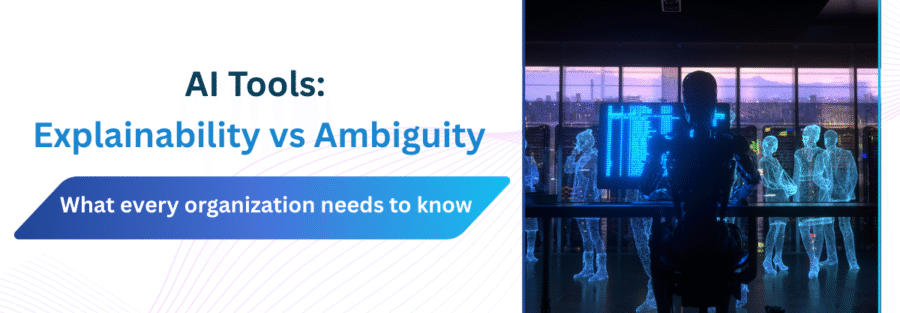What Every Organization Needs to Know
Why This Question Matters
AI is everywhere, powering decisions in finance, healthcare, marketing, and more. But here’s the tough question: do we need to know exactly how it works, or can we live with a bit of mystery?
Explainability in Practice
Explainability is about being able to say, “Here’s why the AI made that choice.” It helps people trust the system, keeps organizations compliant, and makes it easier to spot errors or bias. Think of it as shining a light on the decision-making process.
Why Ambiguity Exists
The most powerful AI models are often black boxes. They work so well because they’re complex — but that same complexity makes them hard to explain. Ambiguity can bring speed and accuracy, but it comes with risks: less trust, less accountability, and hidden bias.
Striking the Balance
Not every industry needs the same approach. Hospitals and banks need clear, explainable systems. Creative teams in marketing might be fine with some ambiguity if it delivers results. Most businesses will need a blend — explainability where it counts, flexibility where it adds value.
Looking Forward
Regulators are pushing for more transparency, and “responsible uncertainty” may become a standard way to think about ambiguity. The future will be about balance — using AI in ways that are both effective and trustworthy.
Takeaway
It’s not explainability versus ambiguity. It’s about choosing the right mix for your goals, your industry, and the risks you’re willing to take.









